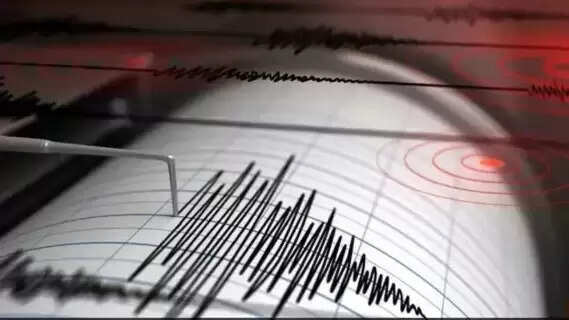
On the evening of August 9, 2025, a 6.0 magnitude earthquake struck Severokurilsk, Russia, located in the remote Kuril Islands region. The seismic activity was located 267 kilometers east-southeast of Severokurilsk, 10 kilometers deep under the Sea of Okhotsk, and resulted in considerable jolting across the region. The earthquake in Kuril Islands is the latest in a series of seismic activity in the region, contributing to the aftershock for the 8.8 magnitude earthquake in the Kamchatka Peninsula in late July 2025. The tremor was associated with ferocious 10-meter high tsunami warnings all across the Pacific, Russia, Japan, and the United States. The seismic activity did not report any casualties, and structural damage was under control. Emergency workers remain on standby to mitigate any situation as the tremor is expected to undermine low surface construction.Kuril Islands Earthquake PreparednessUtilizing the Richter scale, an earthquake measuring 6.0 magnitude can be classified as strong shaking. 6.0 earthquakes can cause extensive damage, especially to older, poorly engineered buildings, as the shaking can trigger cracks. Residents on the Kuril Islands and the surrounding coastal regions should be prepared for the possibility of aftershocks and should be following all safety protocols as instructed.Located within the Pacific ‘Ring of Fire’ is the Kuril Islands and the Kamchatka Peninsula. This is an area known for intense earthquakes, volcanic eruptions, and other tectonic activity as a result of the collision of multiple tectonic plates. Earthquakes and volcanic activity within the region are a fact of life, and authorities and the people require bracing measures and safety on standby all the time.Why Do Earthquakes Happen?The Earth’s tectonic plates are constantly moving and shifting, heavy collision along fault lines create an earthquake. When the stress built up is released, the sudden stress triggers the ground to shake, sending seismic waves. The Kuril-Kamchatka area is known for and is successful with such movements, as it experiences frequent smaller tremors as well as occasional large earthquakes.During Earthquake Preparedness Safety TipsDo the following until the shaking stops:Drop to the ground.Cover yourself.Hold on to anything to yourself to stay safe.Hold on to a safe posture while always looking away from windows, heavy and unstable furniture.Always remain prepared with a proper emergency kit containing essential such as food, water, and other first-aid supplies.Stay informed through local government and safety agencies.
Around the web

